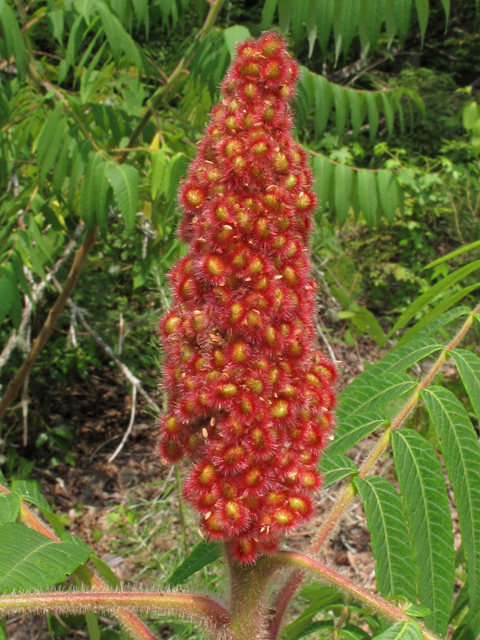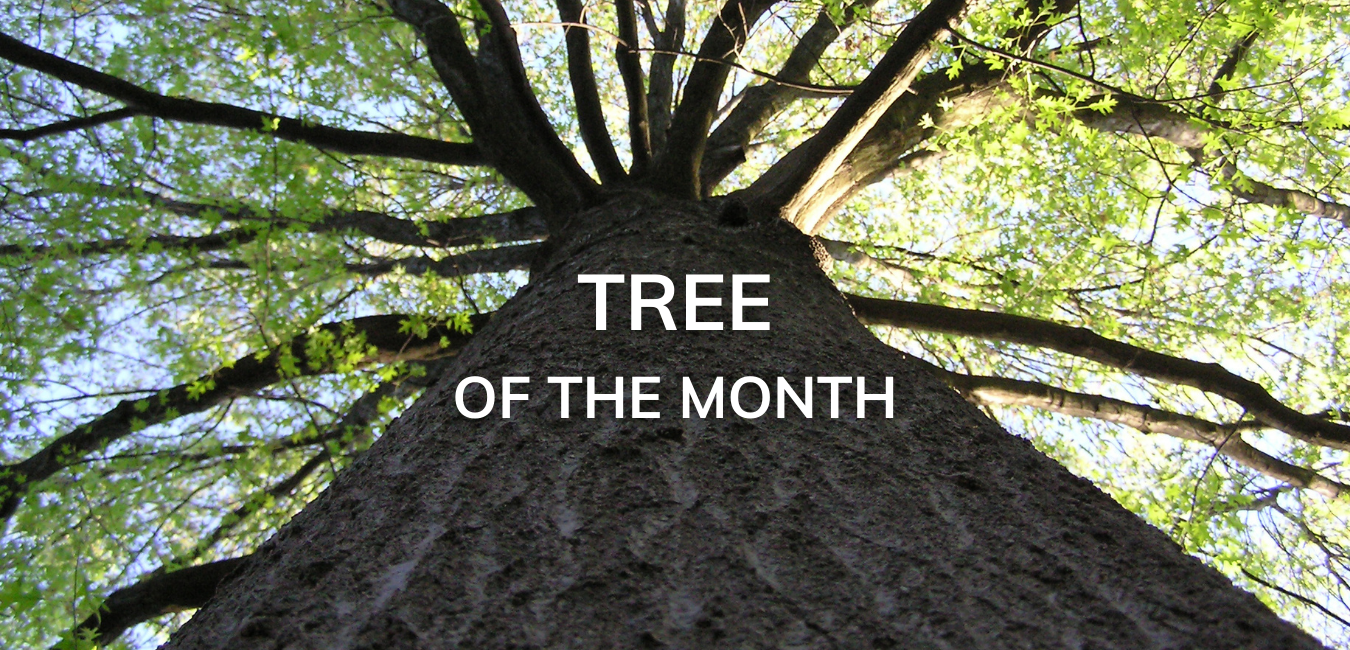
Staghorn Sumac is a large shrub or small tree that grows to about 10 metres (30 feet). It has bright, dark red fruit and foliage that turns a fiery red in fall. It is usually the first tree to colonize a disturbed site.
The velvety branches resemble an antler, hence the name. The sumac produces large, hairy red fruit that is long and cylindrical. This fruit can be strained and made into lemonade. The plant can also be used as a natural dye. Sumac is also great for wildlife. Birds eat sumac berries in winter and early spring, and some butterflies use this plant as food for their young. They provide nectar for bees and other beneficial insects.
Sumac spreads through rhizomes that form a complex underground root system. A “clone” or grouping of Sumac in the wild often has wide cone shape, with the oldest and tallest plants in the middle.
Want to Plant one?
Sumac looks great as a hedge and will brighten up your backyard in fall. If your yard needs some work this is a great tree to plant because it grows well on disturbed sites. Or if your backyard is perfect and simply needs a hedge or a little filling in, Staghorn Sumac is a top choice. It is drought and salt tolerant, and will also grow under Black Walnut. It grows in all soils and likes sun.
Image Source
Photographer: Cressler, Alan | Location Notes: Jacks River. Cohutta Wilderness. Chattahoochee National Forest | Link: Wildlife Center Digital Library


